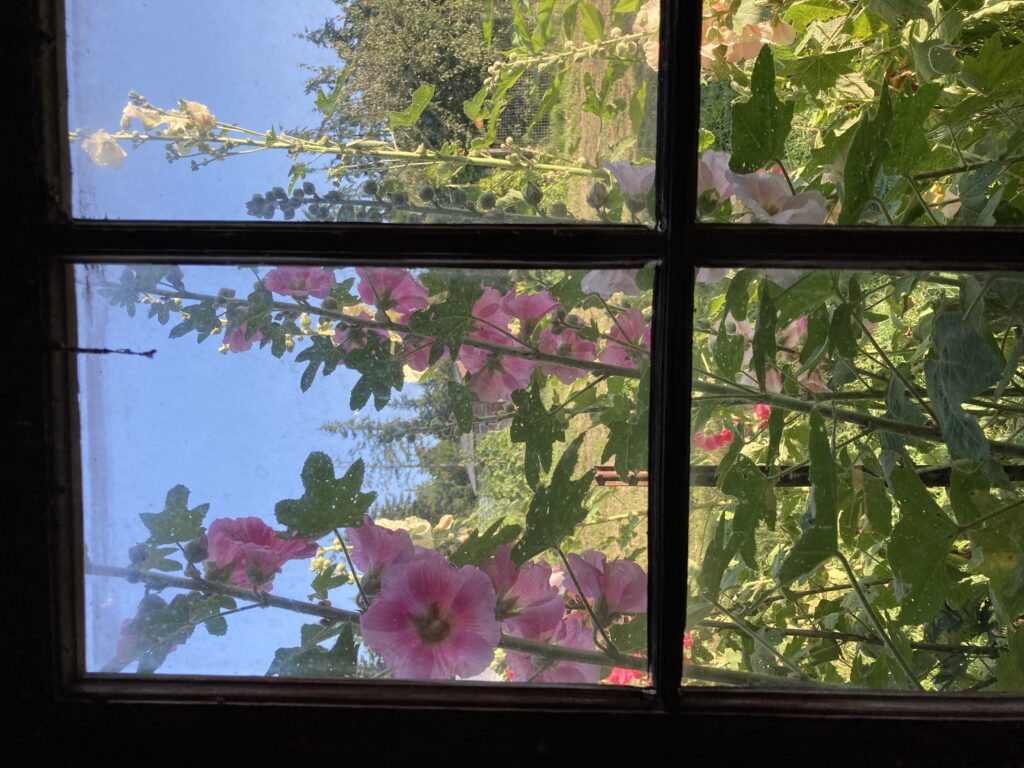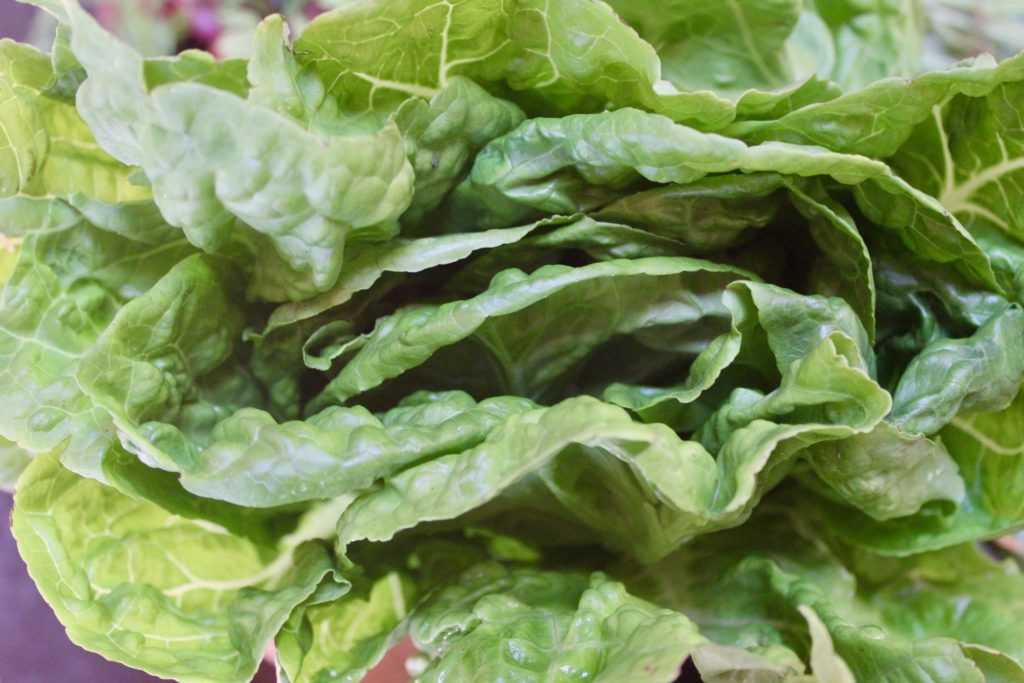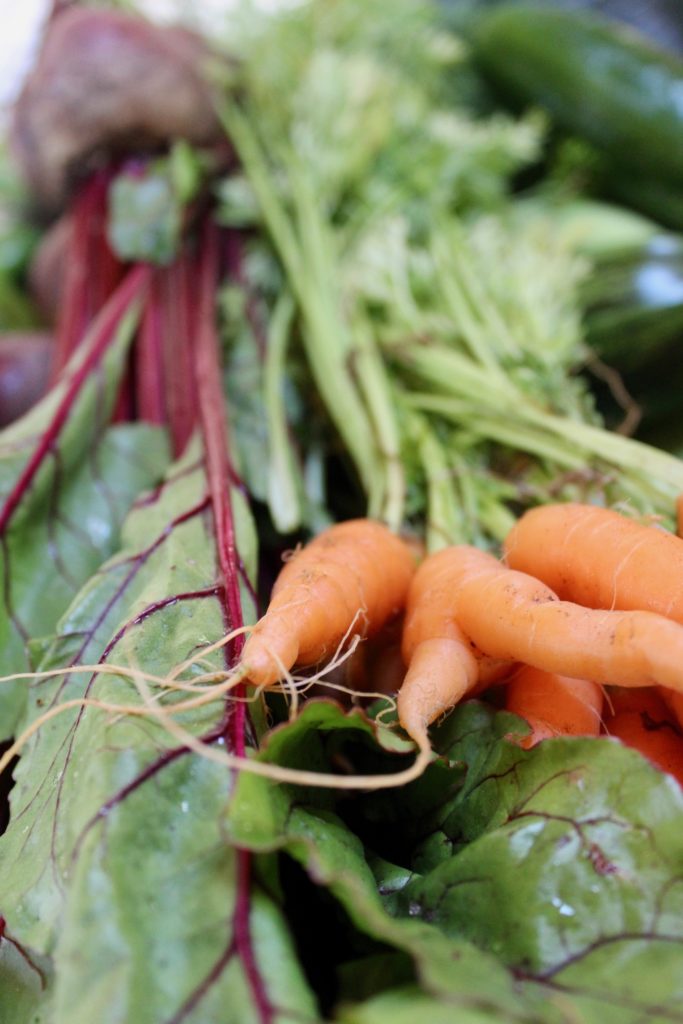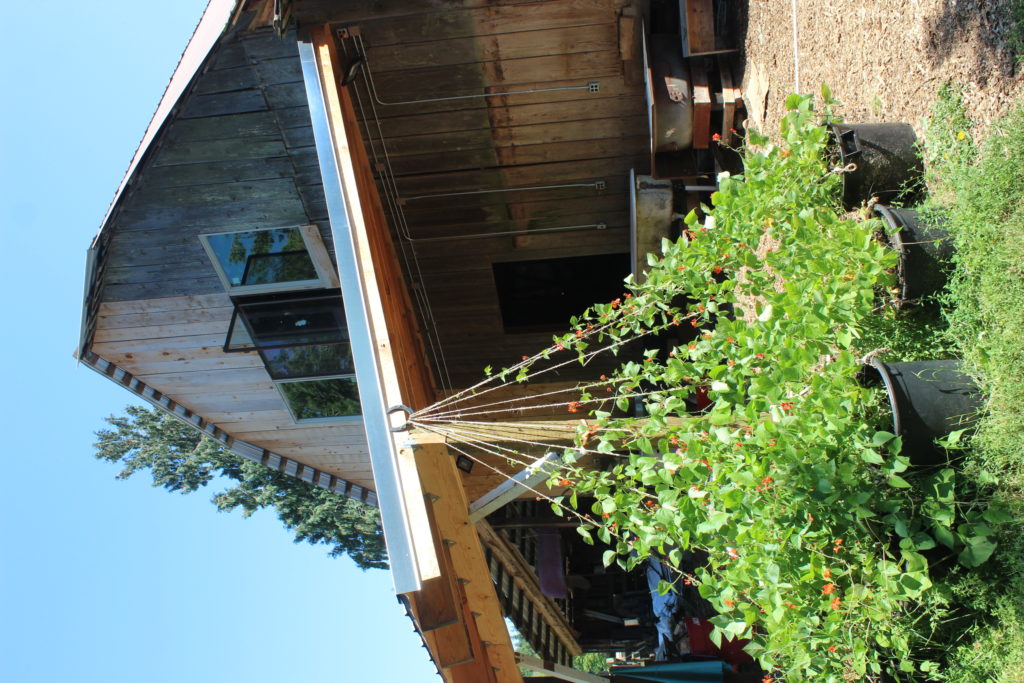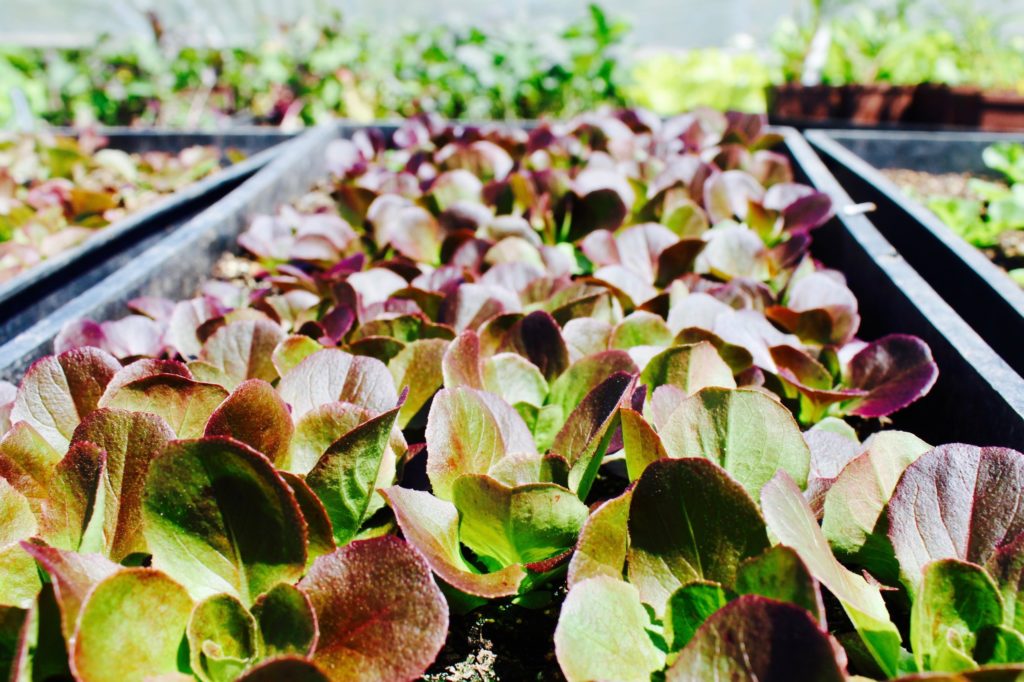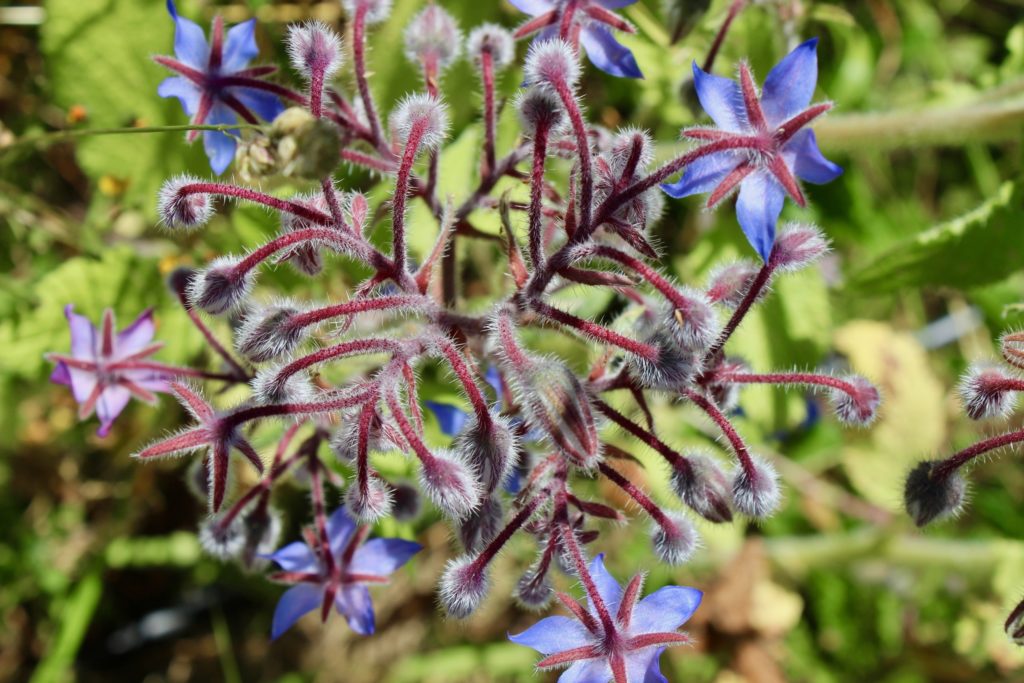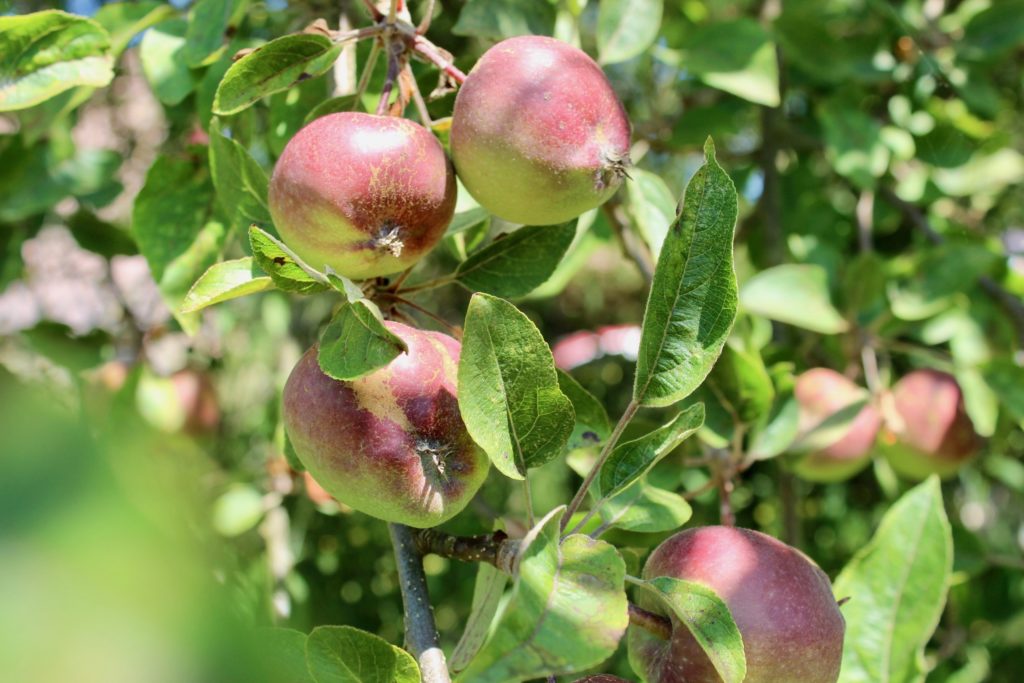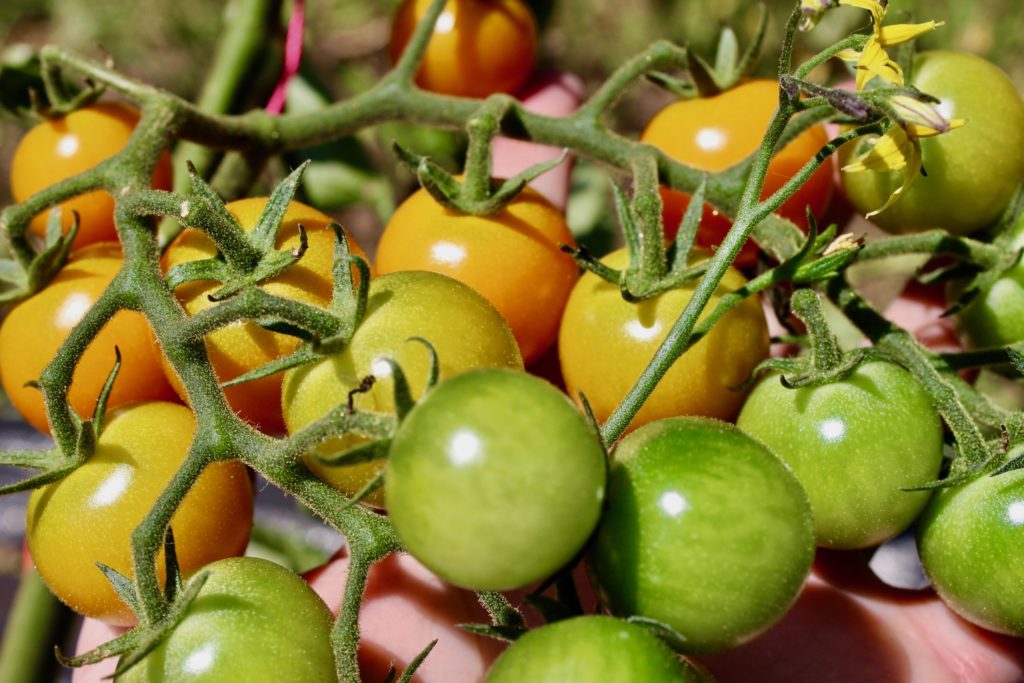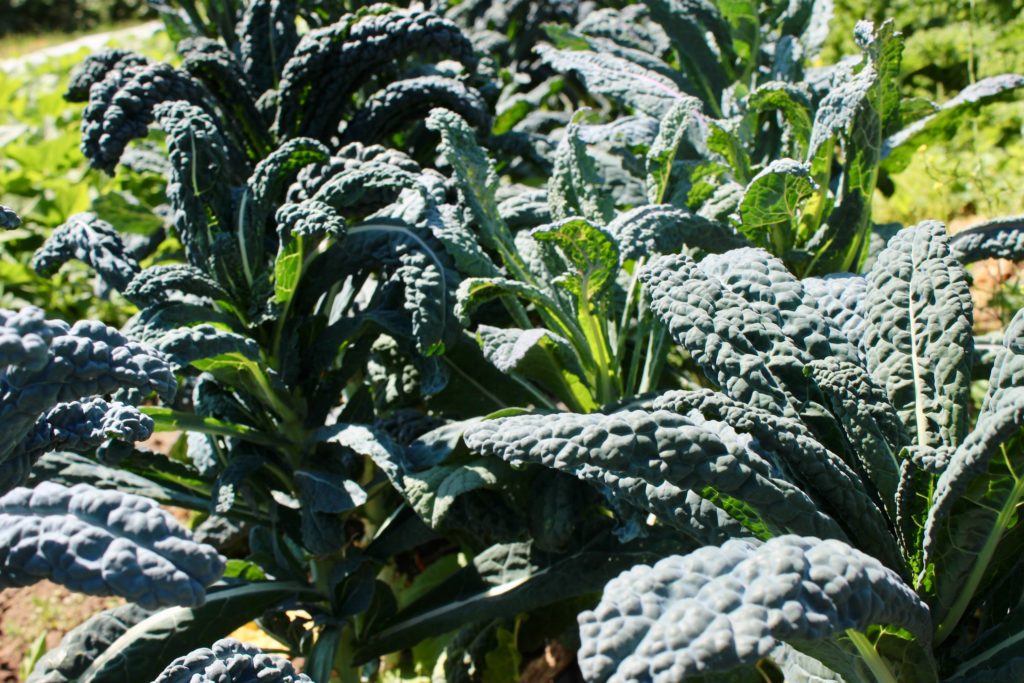I like to think of the farm as an organism. Thinking about the earth and its ecosystems as an organism was one of the first ways that ecologists approached an understanding of how the living and non-living parts of a system work. Most ecologists no longer think of systems as organisms, but there is a part of me that wishes the organism philosophy of ecology was better represented in my graduate training. For one thing I think it might have helped me as I work to apply ecosystem theory to our working farm!
How does our farm begin to function as an organism? Well, the most honest answer is: it doesn’t – YET. But as the chickens, bees, goats, worms, bacteria, plants, and fungus we are cultivating begin to work in concert to support our goal of farm production (measured best in terms of food production and soil improvements?) then I think our farm will begin to function as an organism.
What will that mean? One of our hopes is that as we improve in our approach to farming and the efficiencies with which we do things, our systems will (with care and nurture from us) move toward the goal of having our farm produce the things we need to keep our farm running. Some folks call this a closed loop farm.
Some short term goals for the continued development of our closed loop farm system.
- Improving our micro-livestock production (soldier flies and mealy worms for chickens)
- Continuing to develop creative, but efficient and functional intercropping strategies
- Current projects include:
- radish and parsnips (working well)
- potatoes and radish (a total disaster)
- zuchinni and clover (functioning, but could be improved)
- lettuce and tomatoes (yeah, coming along)
- carrots and cauliflower (worked better before I accidently weeded all the carrots out!)
- Current projects include:
- Increasing worm compost production
- Building more mobile chicken coops to increase the variety of ways in which the chickens can be incorporated on the farm.
Already our farm is functioning as a system in some important ways. Chickens and worms eat excess produce that comes home from market. Goats are eating up the blackberry and clearing land for future projects. Our neighbor is grazing horses on the pasture and in exchange we get composted horse manure. Thus – facilitated by great compost from our neighbor’s horses – the vegetable beds are being rotated in and out of production. The bees are pollinating the cucurbits, raspberries, and host of other fruits on the farm. We have planted flowers on the farm edges to welcome a diversity of pollinators into the farm production space.
What are the long term goals? Well, a big one is planning and planting an orchard that will mimic a functional forest ecosystem. It isn’t a closed loop yet,but some elements of the system are beginning to feed back on themselves and over time we hope that these will continue to develop and flourish. These are the hallmarks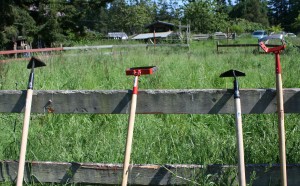 of a farm that functions as a healthy organism.
of a farm that functions as a healthy organism.

